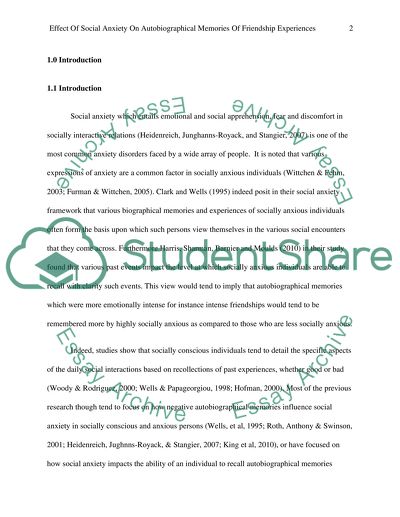Cite this document
(“Effect of social anxiety on autobiographical memories of friendship Dissertation”, n.d.)
Retrieved from https://studentshare.org/psychology/1398059-effect-of-social-anxiety-on-autobiographical
Retrieved from https://studentshare.org/psychology/1398059-effect-of-social-anxiety-on-autobiographical
(Effect of Social Anxiety on Autobiographical Memories of Friendship Dissertation)
https://studentshare.org/psychology/1398059-effect-of-social-anxiety-on-autobiographical.
https://studentshare.org/psychology/1398059-effect-of-social-anxiety-on-autobiographical.
“Effect of Social Anxiety on Autobiographical Memories of Friendship Dissertation”, n.d. https://studentshare.org/psychology/1398059-effect-of-social-anxiety-on-autobiographical.


